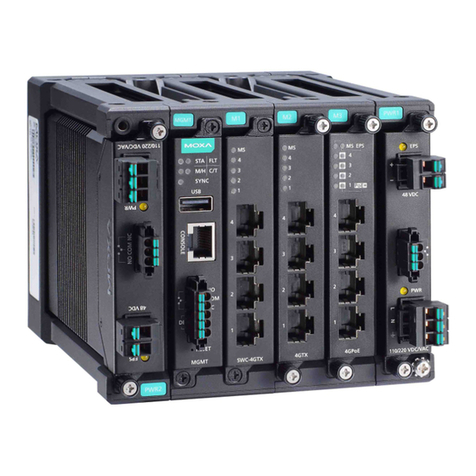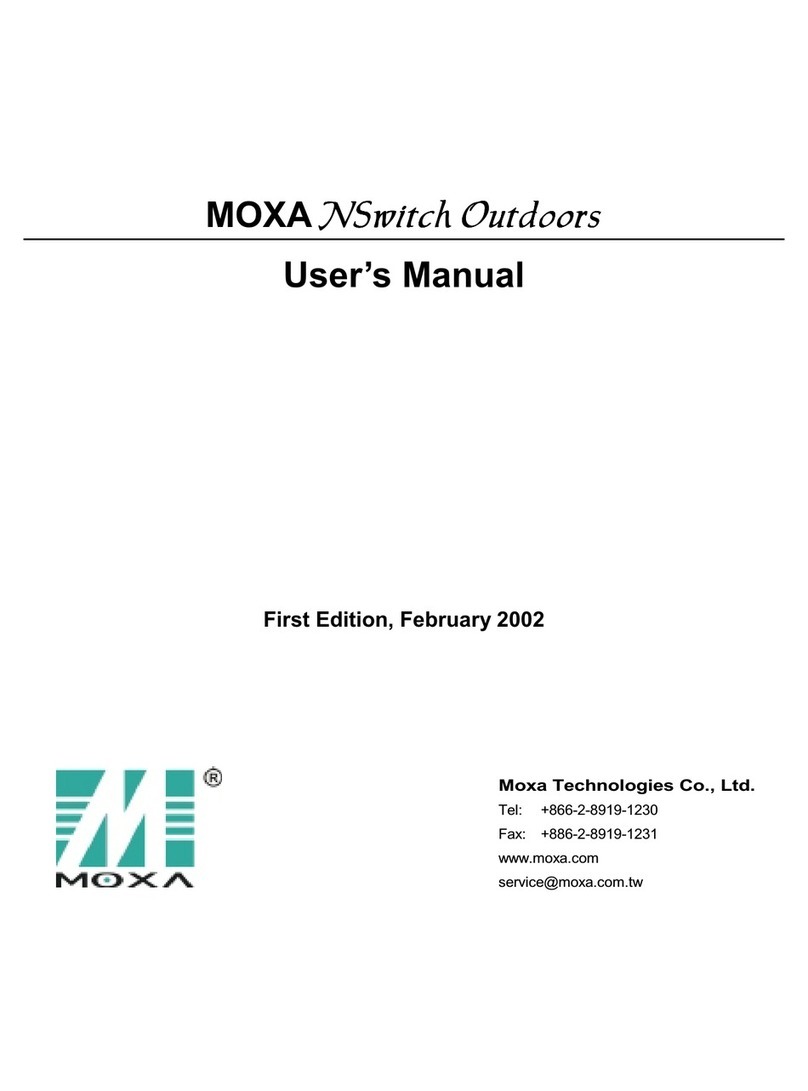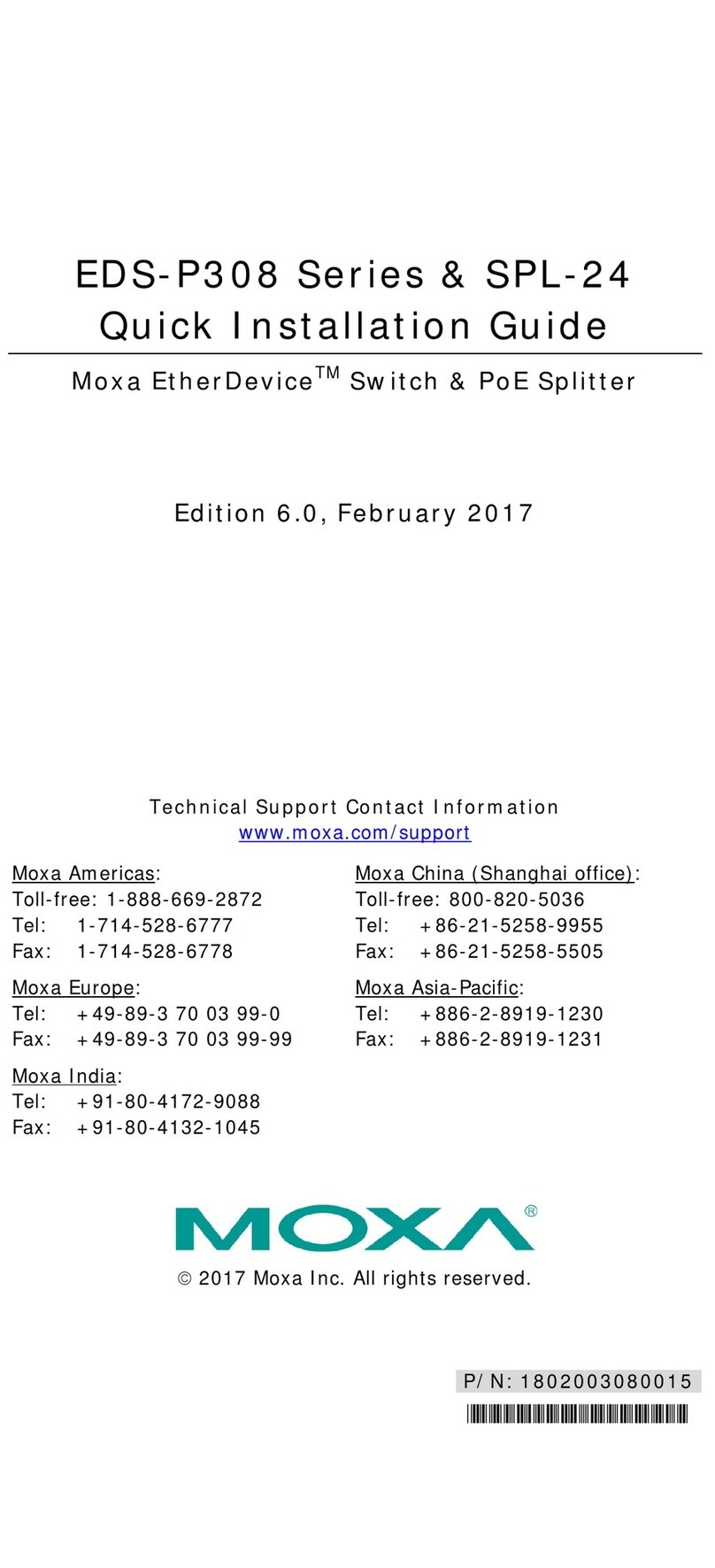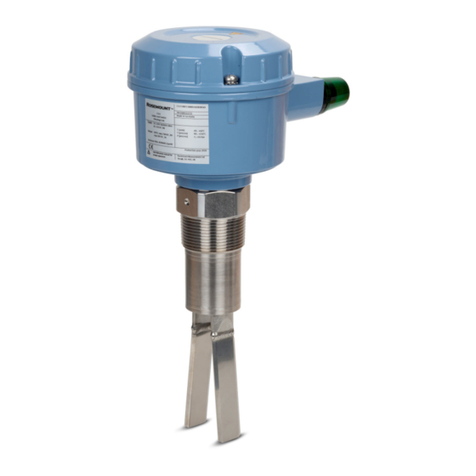Moxa Technologies EtherDevice EDS-P206A-4PoE Series Manual
Other Moxa Technologies Switch manuals

Moxa Technologies
Moxa Technologies IKS-6728-8PoE Manual
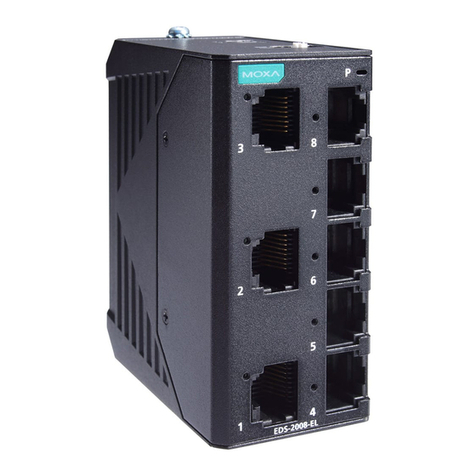
Moxa Technologies
Moxa Technologies EDS-G2008-EL Series User manual

Moxa Technologies
Moxa Technologies EtherDevice EDS-405A/408A Series Manual
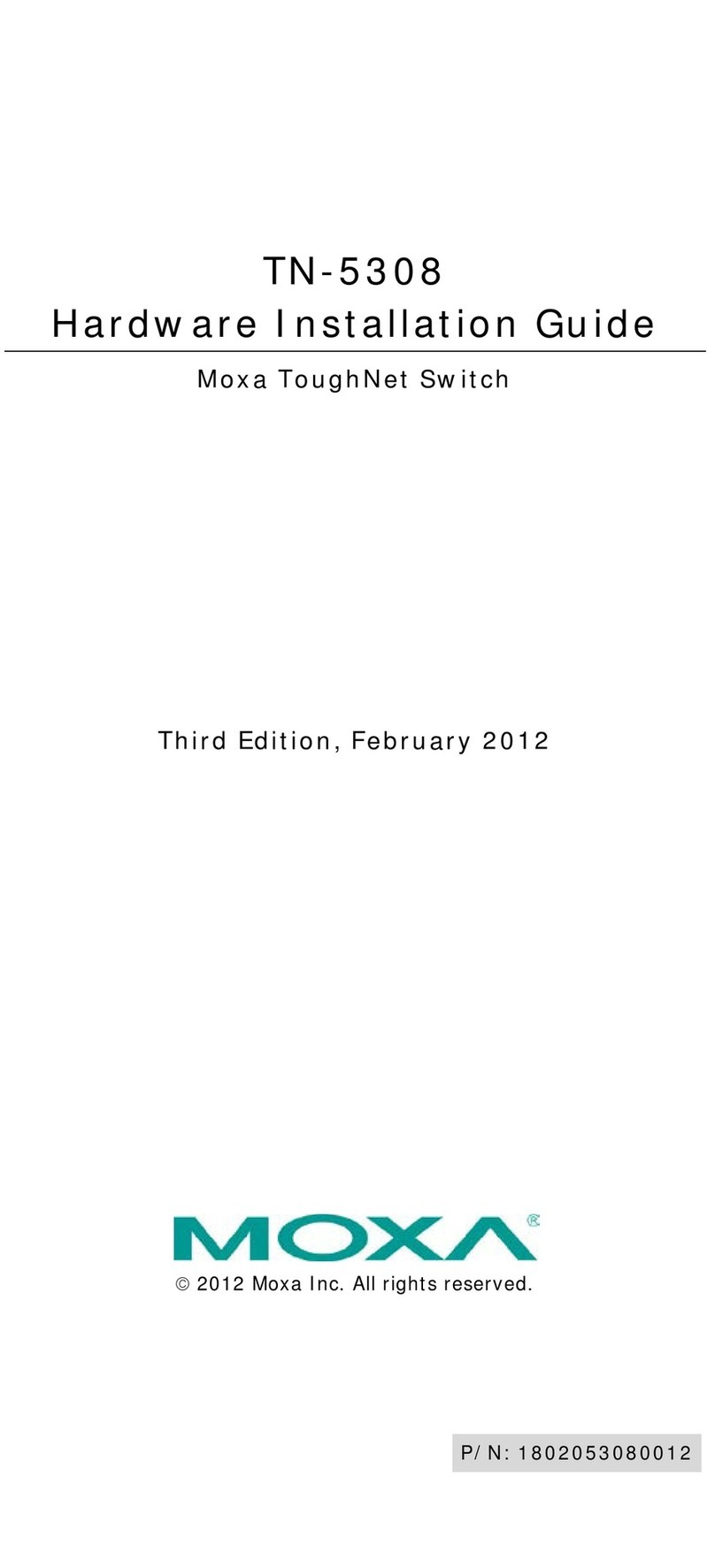
Moxa Technologies
Moxa Technologies TN-5308 User manual
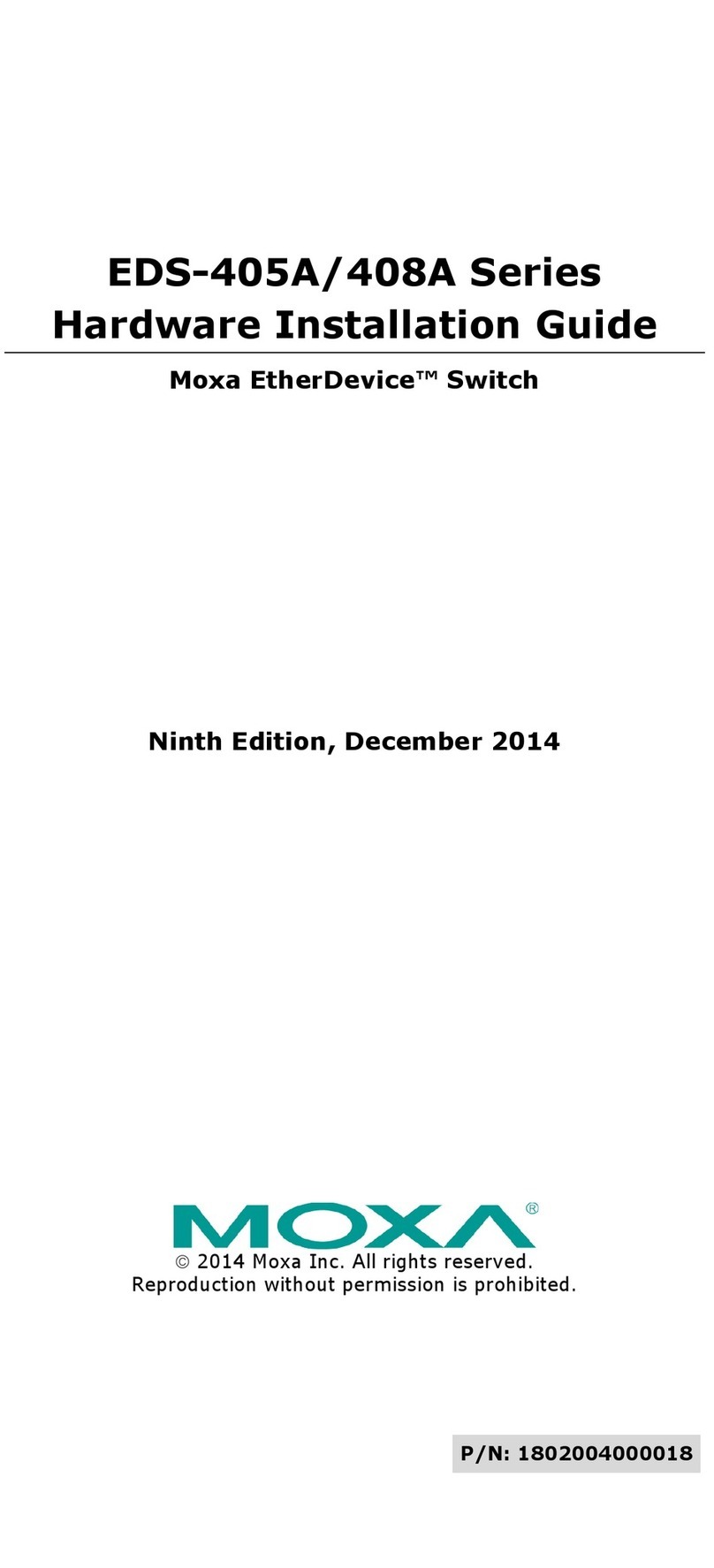
Moxa Technologies
Moxa Technologies EDS-405A Manual
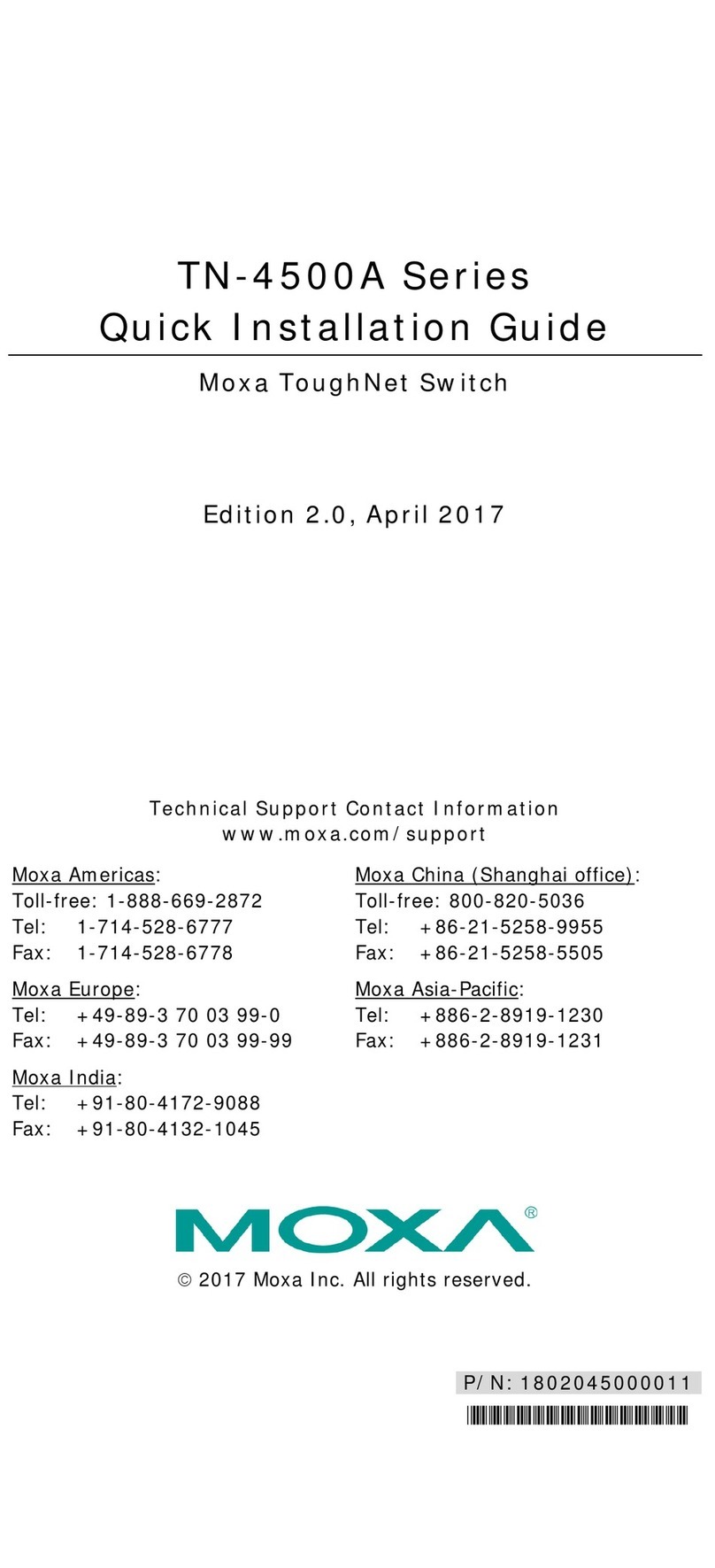
Moxa Technologies
Moxa Technologies TN-4516A non-PoE series User manual

Moxa Technologies
Moxa Technologies TN-G6512 Serie User manual
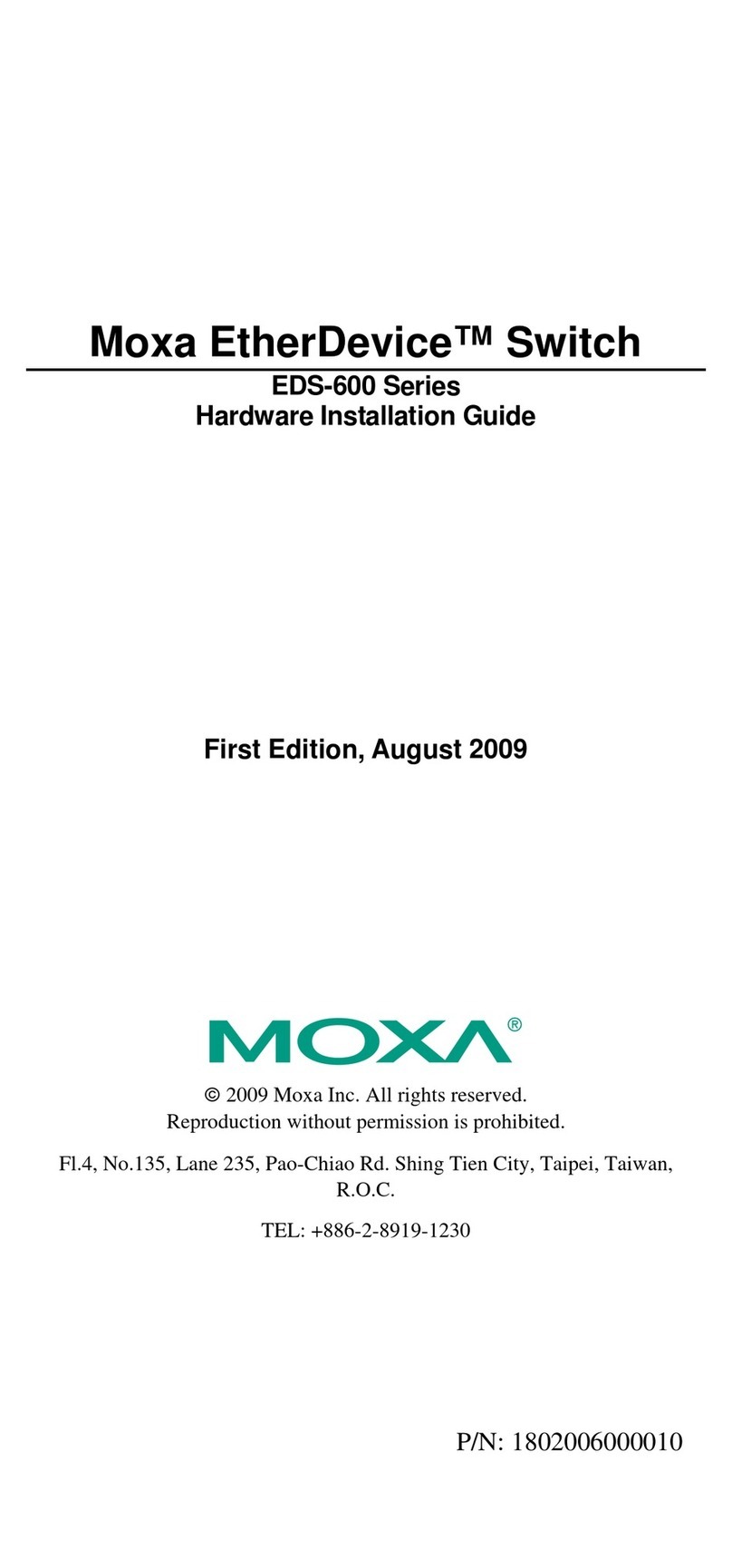
Moxa Technologies
Moxa Technologies EDS-600 Series Manual
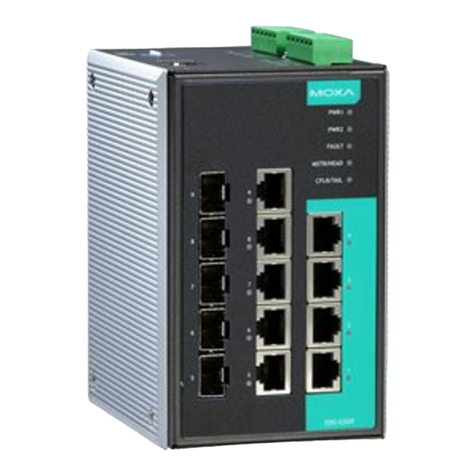
Moxa Technologies
Moxa Technologies EtherDevice EDS-G509-T Manual
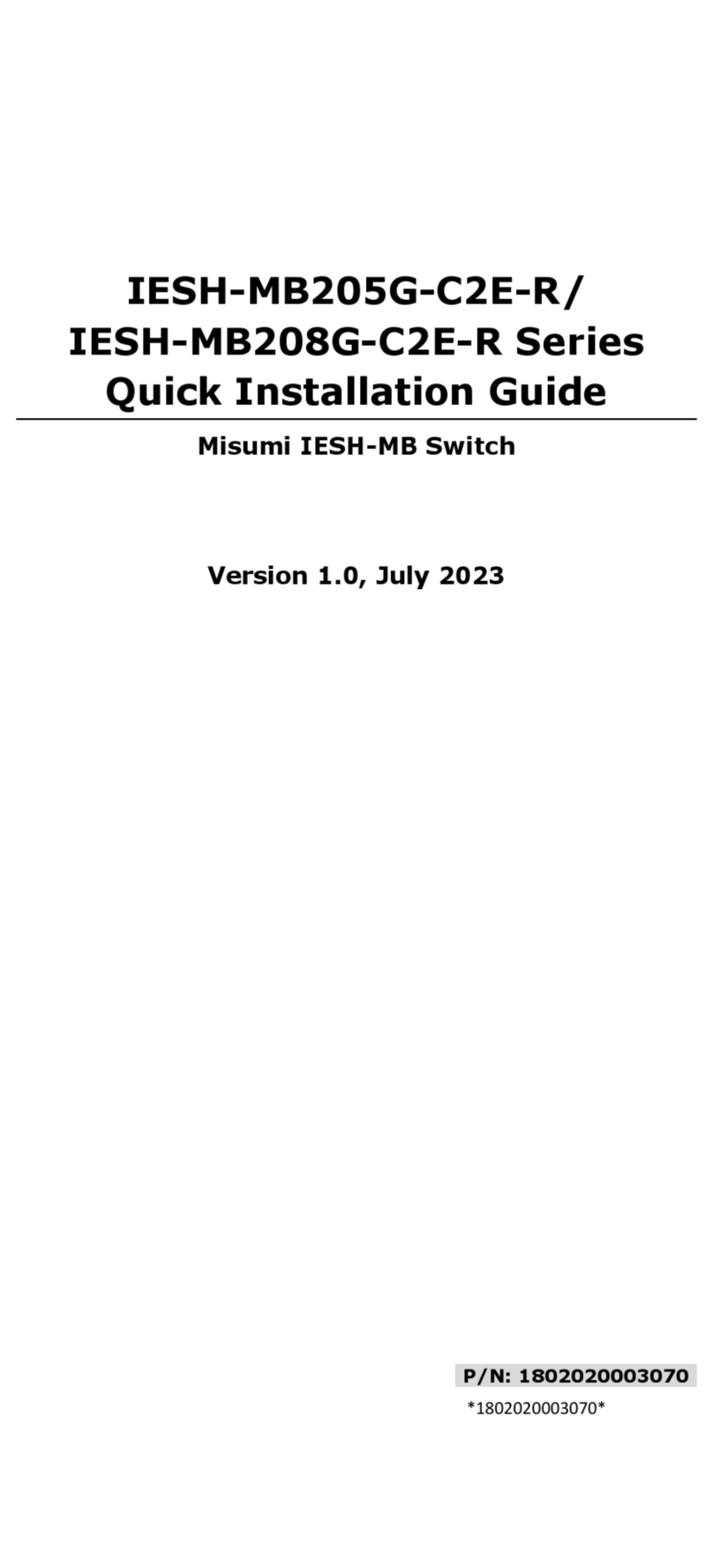
Moxa Technologies
Moxa Technologies IESH-MB205G-C2E-R Series User manual
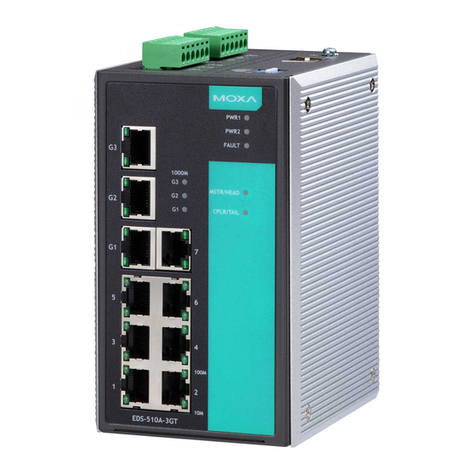
Moxa Technologies
Moxa Technologies EtherDevice EDS-510A-3GT Manual
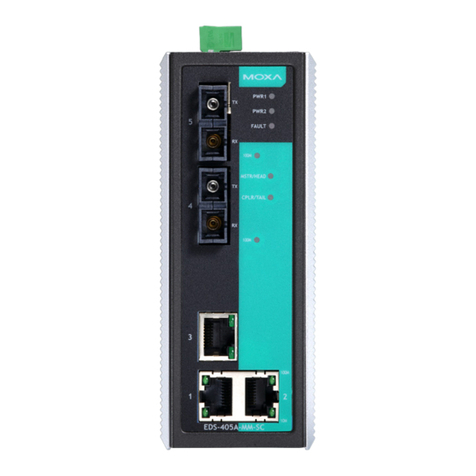
Moxa Technologies
Moxa Technologies EtherDevice EDS-405A-PN User manual
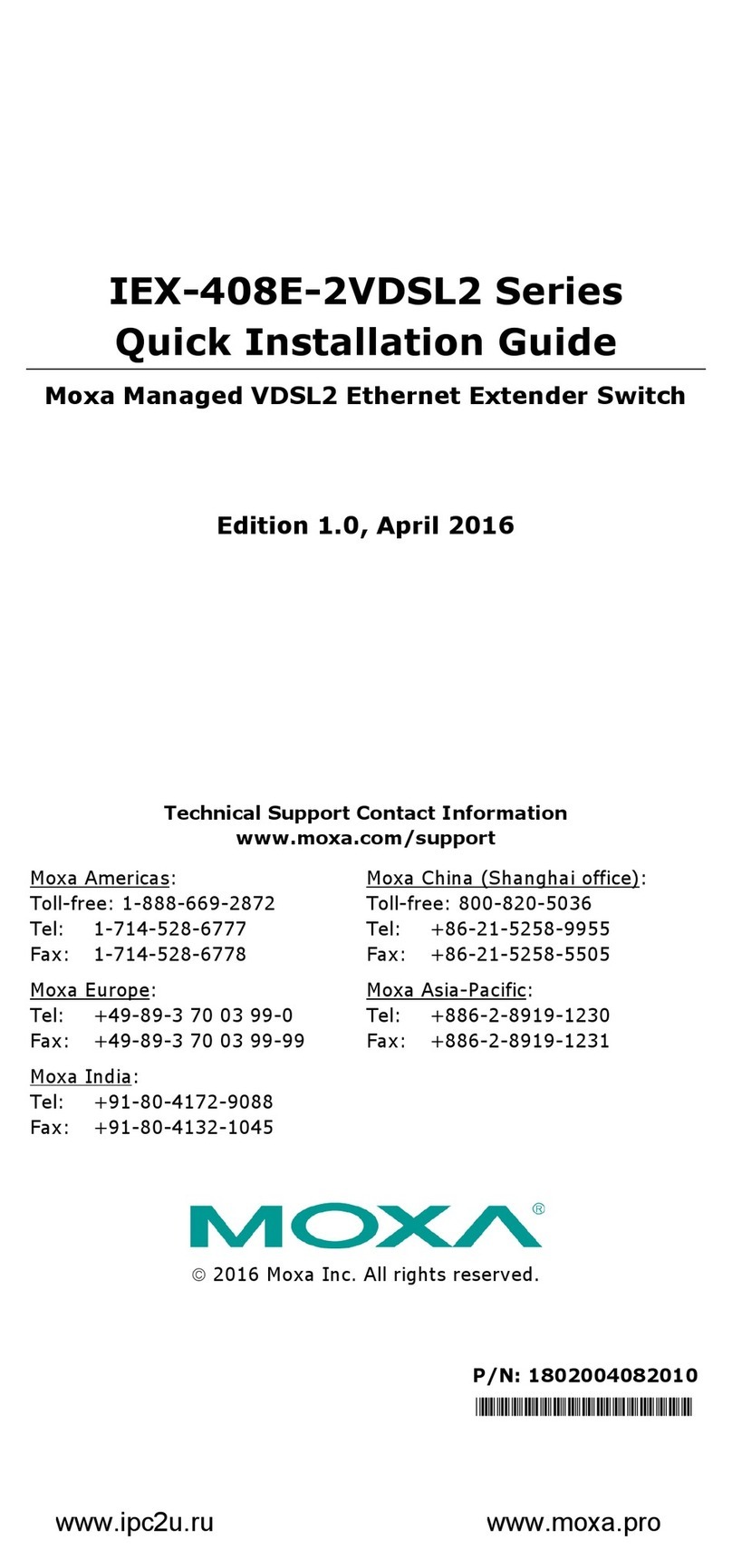
Moxa Technologies
Moxa Technologies IEX-408E-2VDSL2-HV User manual
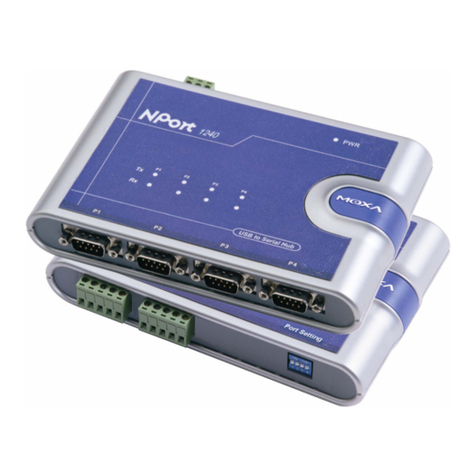
Moxa Technologies
Moxa Technologies NPort 1220 User manual
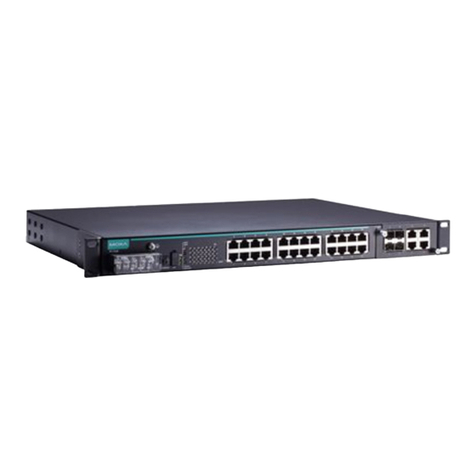
Moxa Technologies
Moxa Technologies PT-7528-24TX-HV User manual
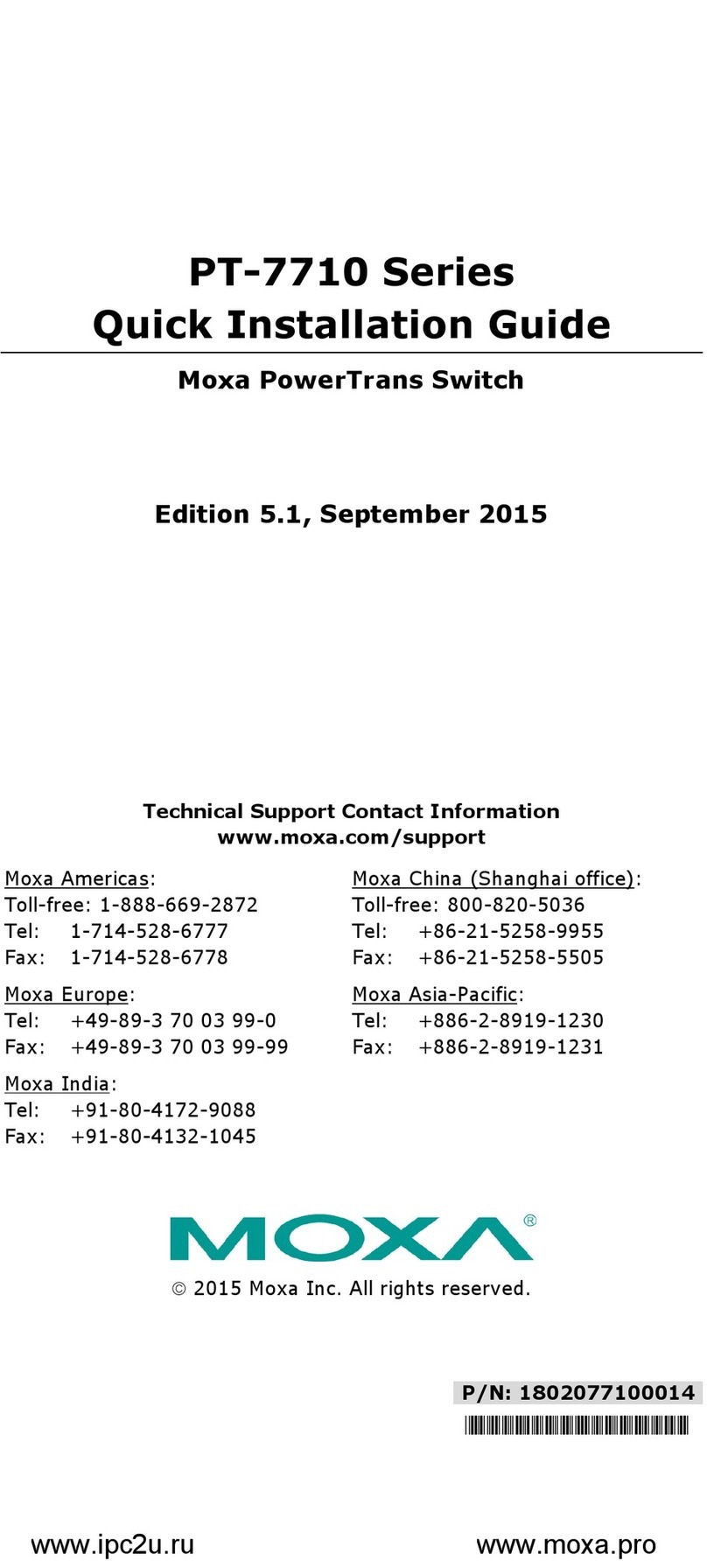
Moxa Technologies
Moxa Technologies PT-7710 Series User manual
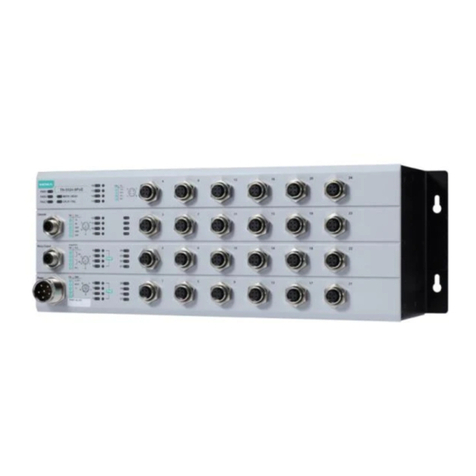
Moxa Technologies
Moxa Technologies ToughNet TN-5524-8PoE-P24-T User manual
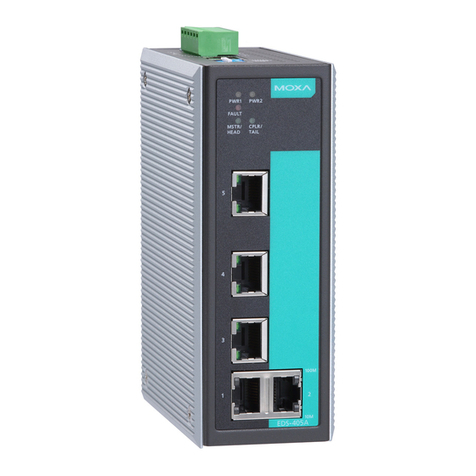
Moxa Technologies
Moxa Technologies EDS-405A User manual
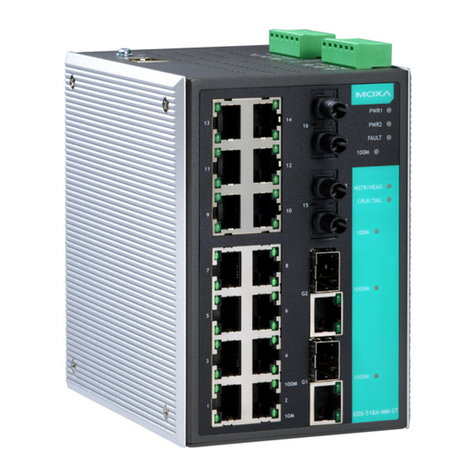
Moxa Technologies
Moxa Technologies EtherDevice EDS-518A Series Manual

Moxa Technologies
Moxa Technologies ICS-G7748A Series User manual
Popular Switch manuals by other brands

SMC Networks
SMC Networks SMC6224M Technical specifications

Aeotec
Aeotec ZWA003-S operating manual

TRENDnet
TRENDnet TK-209i Quick installation guide

Planet
Planet FGSW-2022VHP user manual

Avocent
Avocent AutoView 2000 AV2000BC AV2000BC Installer/user guide

Intos Electronic
Intos Electronic inLine 35392I operating instructions
